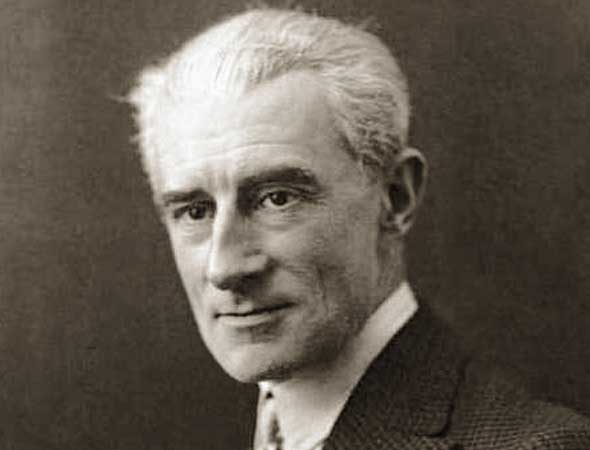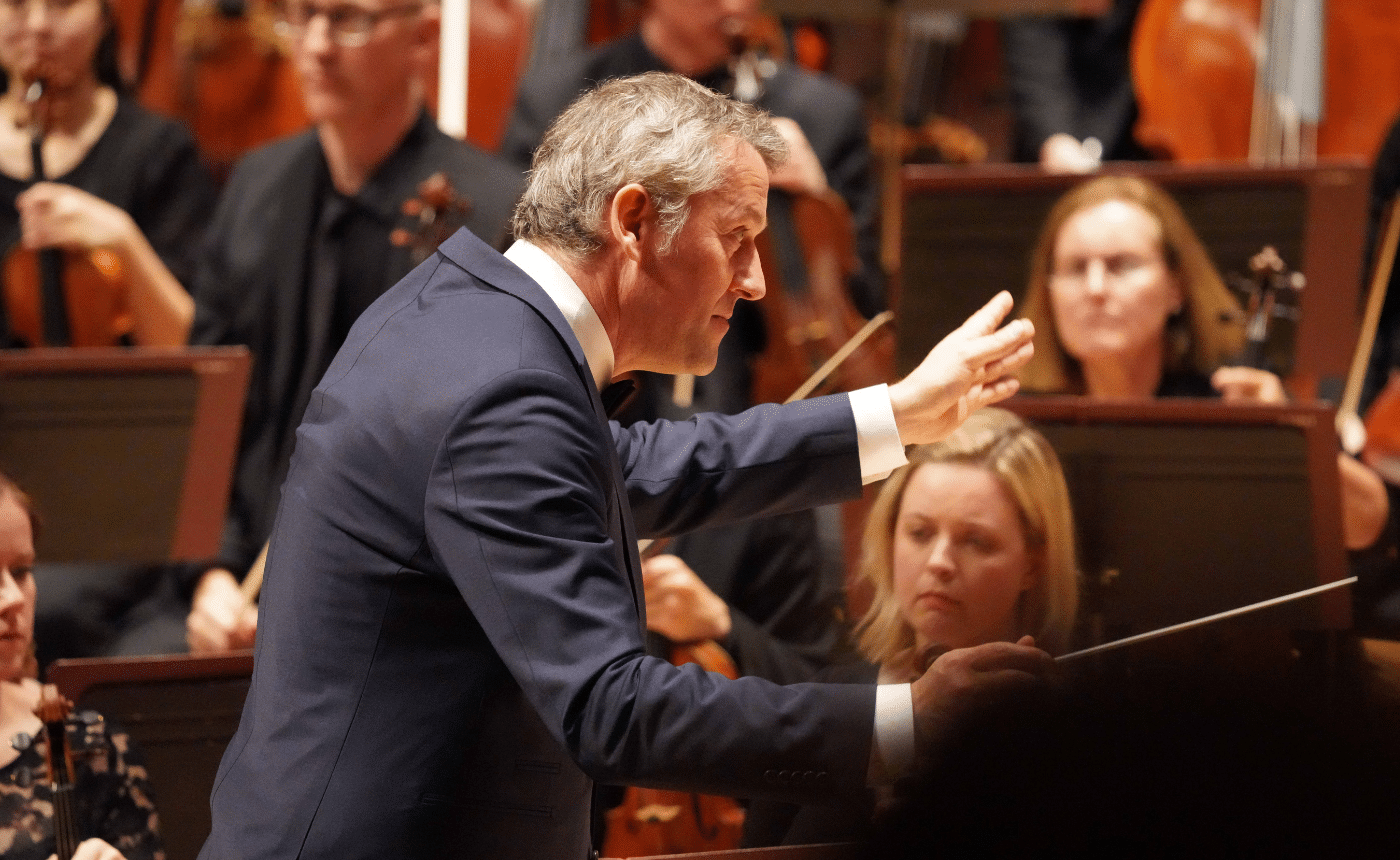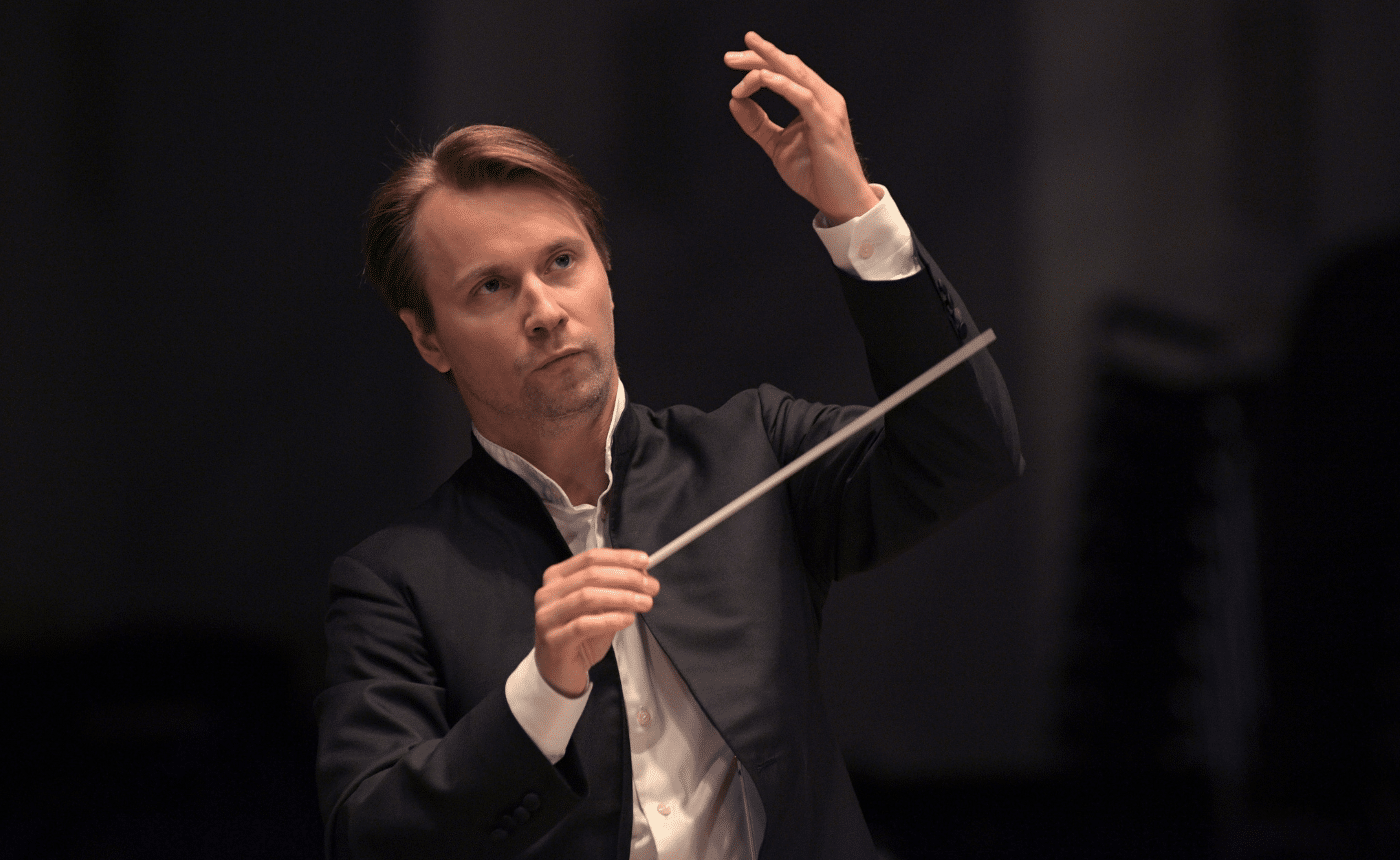RAVEL: Shéhérazade
by Jeff Counts
THE COMPOSER – MAURICE RAVEL (1875-1937) – In 1903, Ravel was a founding member (if there truly was such a thing) of Les Apaches. It was a loose confederation of artists, musicians and writers who met weekly to workshop ideas and offer up new creations for group scrutiny. They kept it up until the Great War and the list of regular attendees varied, as professionals and like-minded amateurs came and went over the years. The name Les Apaches was taken from the charismatic street gangs that emerged during the Belle Époque in Paris, and Ravel’s cohort probably saw themselves as non-violent brothers to these plucky outcasts. At the very least, their ranks included a few real characters too.

THE HISTORY – One such rascal was Monsieur Arthur Léon Leclère, who went by the fantastic pseudonym of Tristan Klingsor. It matters little whether he was a true devotee of Richard Wagner (Tristan being the hero of Tristan und Isolde and Klingsor the villain of Parsifal) or simply hoped to raise the eyebrows of Europe’s musical conservatives. He was a poet, a painter, a musician, a critic and a member in good standing of Les Apaches, so he and Ravel were well acquainted and of kindred spirit. During one of the group’s Saturday meetings in 1903, Klingsor must have read from his collection of free-verse poetry called Shéhérezade. Since it was partially inspired by Rimsky-Korsakov’s orchestral masterpiece of the same name, Ravel was immediately smitten with the language and the subject. He had tried to make something of The Thousand and One Nights already, back in 1898 when he began work on an opera about Scheherazade. That project didn’t go anywhere beyond the overture, which Ravel declined to publish. But with Klingsor’s writing, Ravel had a new way in, and he immediately set about converting three of the poems into a song cycle. His three movements were: Aise (Asia), in which the stereotypical exoticism of the East, near and far, is invoked as an escape from European ennui; La flute enchantée (The Enchanted Flute), where a young slave girl hears her lover playing his flute just beyond her captive walls, and L’indifférent (The Indifferent One), an ambiguous exploration of youthful beauty and passion. Ravel was eager to improve his skills as composer of vocal music and, according to Klingsor himself, he had the poet read the works aloud so he could better match the textual inflections to his melodic instincts. The piece has become a staple of sopranos and high mezzos, but there is at least one singer who claims first-hand knowledge of an opposite intent. Baritone Martial Singher said Ravel told him Shéhérezade was meant for male voice, but he waited until 1965 to share this. We’ll never know for sure.
THE WORLD – Elsewhere in 1903, Cuba reluctantly leased Guantanamo Bay to the United States “in perpetuity”, King Alexander I of Serbia was assassinated along with his Queen and the first Tour de France was held.
THE CONNECTION – The other Shéhérazade is a rarely programmed work for Utah Symphony. The last time it occurred was in October 2009 under Emmanuel Villaume. Julie Boulianne was soloist.











